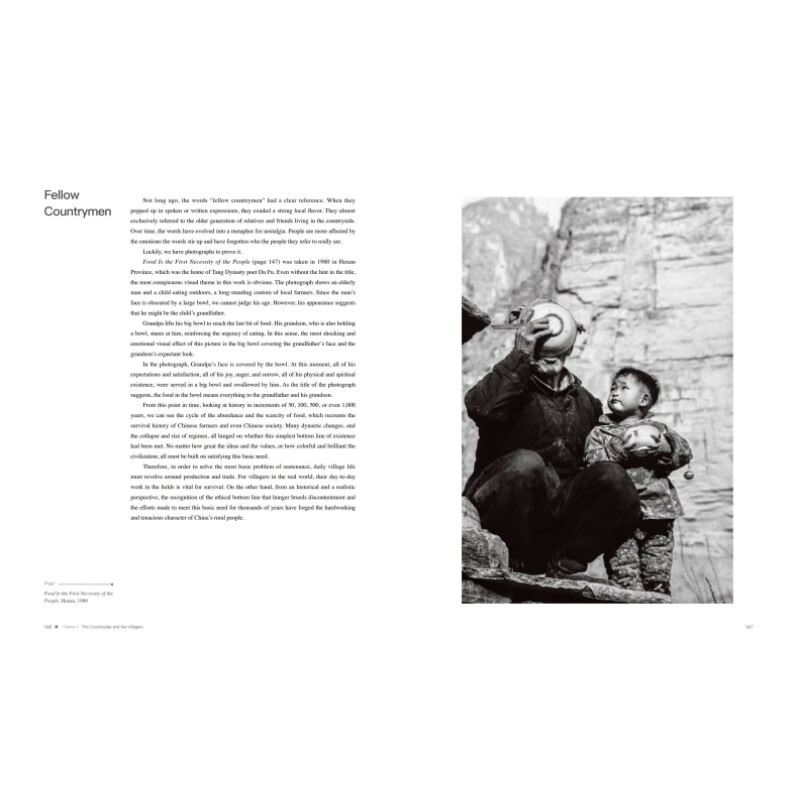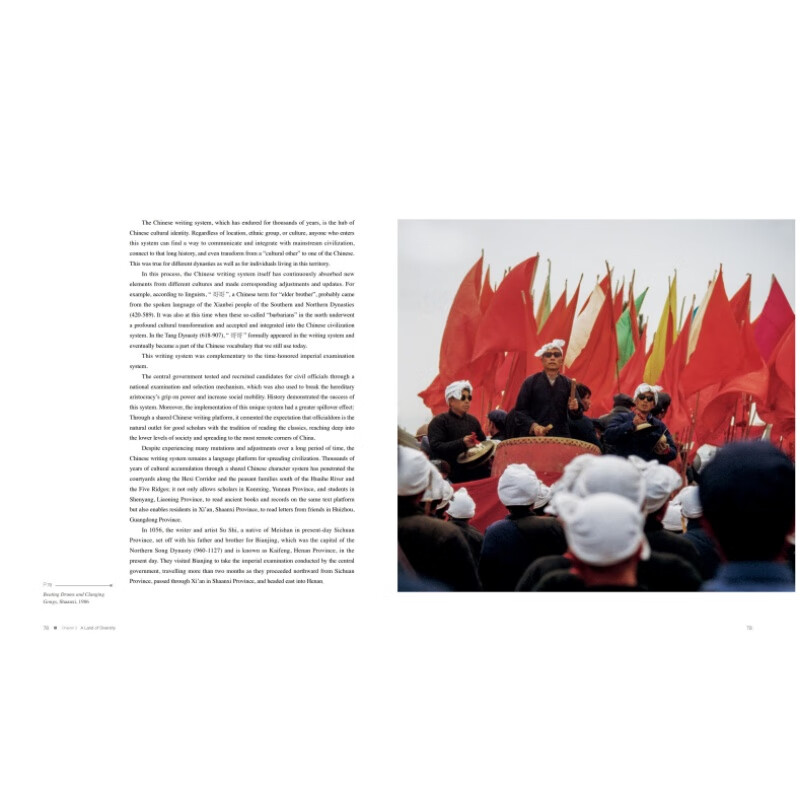Sample Pages Preview
Sugiyama Masaaki, a well-known historian from Japan, wrote in his book Racing Conquerors from the Grassland:
It should be undeniable that the first reason why other countries have a unique impression of present-day China is its huge population and vast territory.
In short, this is a country with a population of an unprecedented 1.3 billion people.In a close observation of its internal society and realities, we will find there are so many dzfferent gerent groups and ways of life within this nation.
The historian's understanding of China tends to be based on its large population and vast territory, two factors that differentiate China in the 20th century from not only the rest of the world but also the rest of human history.
As there has never been another country as vast and populous as China, attempts to understand and describe its people are challenging. Indeed, the country's size and population distinguish China itself rather than the Chinese people, who belong to different groups and lead different lifestyles.
In addition to all the above factors, time is another consideration, as Chinese history stretches back thousands of years. The long, uninterrupted development of Chinese civilization sets it apart from some other ancient civilizations.
The Chinese people are called such because they have a common cultural identity that developed through a shared history. In the 20th century, Chinese people lived in different regions, came from different economic and cultural backgrounds, and, of course, had different life experiences. However, they shared some surprisingly common attributes. Just as the present is built on the past, contemporary Chinese people have been shaped by the history of China.
Therefore, compiling a comprehensive, accurate description of contemporary Chinese people is a tempting yet daunting task.
Since the early 20th century, China and the Chinese people have been frequent subjects of discourse in both academic and popular circles. Nevertheless, it is questionable whether all of this attention has resulted in genuinely satisfactory analysis.Moreover,just as China and the Chinese people have been changing, so, too, have the people doing the analysis and observation, thus making any accurate description of the Chinese people elusive.





